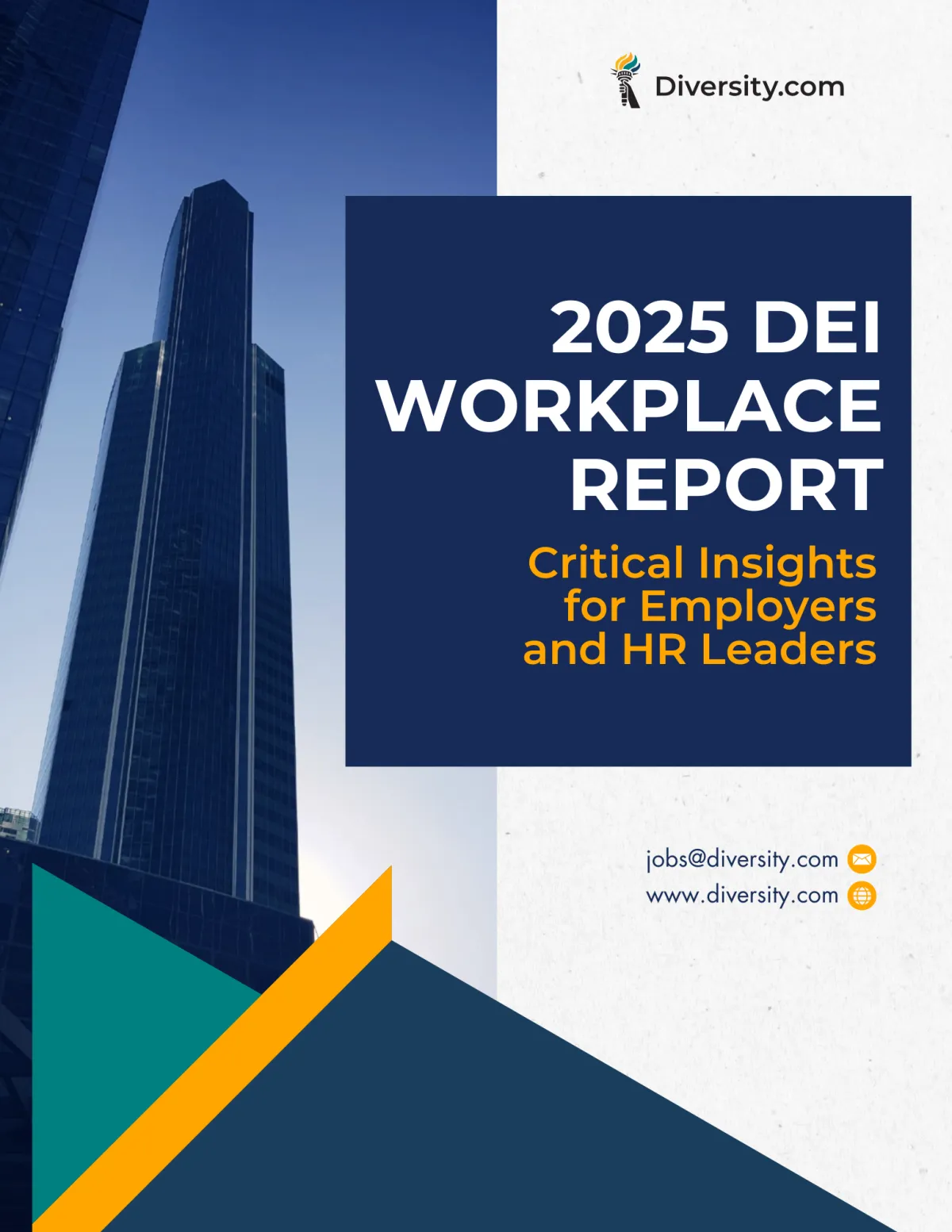
The Business Risks of Ignoring Accessibility Amid Changing ADA Guidelines
In March 2025, the U.S. Department of Justice removed 11 ADA guidance documents, leaving many businesses unsure about the clarity of compliance expectations.
While these removals have reduced the availability of government-issued best practices, they have not eliminated legal responsibilities.
For employers, this regulatory shift presents a choice: either lead with proactive accessibility or face mounting risks.
Ignoring accessibility can cost far more than making inclusion part of your business strategy — and those costs go beyond lawsuits.
Legal Risks of Ignoring Accessibility
1. Violations and Lawsuits
The ADA remains federal law. Businesses that fail to comply can face complaints, investigations, and legal action. The Department of Justice has historically imposed significant fines for non-compliance.
2. Class Action Lawsuits
Companies that fail to ensure accessibility in digital platforms, public spaces, or hiring practices may face class-action suits, which can escalate quickly in both cost and public exposure.
3. Increasing State-Level Enforcement
Several states have ramped up disability discrimination enforcement, meaning that businesses may face scrutiny not just at the federal level but locally as well (National Disability Rights Network, 2024).
Reputational Risks
1. Damage to Employer Brand
Inaccessible hiring processes or public failures to accommodate employees with disabilities can lead to damaging reviews on platforms like Glassdoor and Indeed, reducing your ability to attract top talent.
2. Negative Media Coverage
Media outlets are quick to spotlight companies failing to uphold accessibility commitments. In 2024 alone, several high-profile lawsuits made national headlines, resulting in customer boycotts and shareholder pressure.
3. Social Media Backlash
One viral post calling out inaccessibility or exclusion can cause long-lasting reputational harm and diminish consumer trust.
Financial Risks
1. Cost of Retroactive Compliance
It’s far more expensive to fix accessibility issues after a lawsuit or investigation than to invest proactively.
2. Loss of Diverse Talent
Companies that do not invest in accessible workplaces miss out on skilled candidates with disabilities — a talent pool that represents over 61 million Americans (CDC, 2024).
3. Decline in Consumer Loyalty
Studies show that customers are more likely to support brands that demonstrate social responsibility and inclusion (Accenture, 2020).
Real-World Examples of Accessibility Negligence
Domino’s Pizza (2019):
The Supreme Court declined to hear Domino’s appeal, allowing a lawsuit to proceed against the company for an inaccessible website — a landmark case that signaled digital accessibility is non-negotiable (Reuters, 2019).Giant retailers (2023–2024):
Multiple large retailers faced class-action lawsuits due to inaccessible online platforms, costing millions in legal fees and settlements.
What Companies Should Do to Avoid These Risks
1. Conduct Accessibility Audits Regularly
Evaluate both physical spaces and digital platforms to ensure they meet current standards.
2. Prioritize Inclusive Hiring Practices
Remove barriers in job descriptions, application portals, and interview processes.
3. Invest in Accessibility Training for Leadership
Leaders and hiring managers should be trained on ADA obligations and the business case for inclusion.
4. Create Accountability Structures
Tie accessibility metrics to leadership evaluations and company-wide performance goals.
Conclusion
Ignoring accessibility is not just a legal risk — it’s a reputational, financial, and operational risk.
Companies that fail to take proactive steps may face consequences that damage their brand for years.
On the other hand, businesses that invest in accessibility and disability inclusion build trust, attract diverse talent, and future-proof their organizations in an increasingly inclusive world.
How Diversity.com Supports Employers & Job Seekers
At Diversity.com, we help businesses, organizations, and institutions build diverse, inclusive teams that reflect the world we live in.
We support hiring managers, HR professionals, and job seekers in navigating the evolving DEI landscape across every industry.
Whether you're expanding your team, strengthening leadership diversity, or looking for career opportunities in inclusive workplaces, we provide resources, job board solutions, and expert insights to support your goals.
For Employers & HR Professionals:
✔ Create a free employer account — Start hiring with inclusion in mind. Choose from single listings, job packs (discounted credit bundles), or subscription plans for ongoing recruitment.
✔ Access a diverse talent pool — Connect with qualified professionals from a wide variety of backgrounds to drive innovation and growth.
✔ Stay informed with expert DEI insights — Stay up-to-date on diversity trends, compliance updates, and best hiring practices to stay competitive.
For Job Seekers:
✔ Find job opportunities with inclusive employers — Discover employers that value diversity, equity, and inclusion, across multiple industries and sectors.
✔ Create a free job seeker account — Apply for roles that align with your values, skills, and professional aspirations.
✔ Gain insights into workplace inclusion — Learn about company DEI commitments, hiring practices, and career-building resources before applying.
We’re committed to helping both employers and job seekers build stronger, more inclusive teams and workplaces.
Explore our platform today and take the next step toward building a more diverse and equitable workforce.
If you have any questions or need assistance, feel free to Contact Us Here. Our dedicated support team is ready to help!
Related Articles
DOJ Removes ADA Guidance: What Employers Need to Know in 2025
DOJ Rescinds Accessibility Guidelines: What This Means for Job Seekers with Disabilities
The Future of ADA Compliance: Why Employers Must Be Proactive
How to Communicate Your Company’s Commitment to Disability Inclusion in 2025
Disability Inclusion and DEI: Why They Cannot Be Overlooked in Your 2025 Strategy
Beyond Guidelines: How Companies Can Foster Disability-Friendly Workplaces Without Mandates
What HR Leaders Should Watch: The Legal Landscape of ADA and DEI in 2025
The Ethics of Inclusion: Why Doing the Bare Minimum Won’t Cut It
The Cost of Rollbacks: How DEI Retractions Affect People with Disabilities
Sources & References:
ADA.gov. (2025). The Americans with Disabilities Act. Retrieved from https://www.ada.gov
CDC. (2024). Disability and Health Data. Retrieved from https://www.cdc.gov/ncbddd/disabilityandhealth/infographic-disability-impacts-all.html
National Disability Rights Network. (2024). State Disability Rights Enforcement Trends. Retrieved from https://www.ndrn.org
Accenture. (2020). Getting to Equal: The Disability Inclusion Advantage. Retrieved from https://www.accenture.com/us-en/insights/inclusion-diversity/disability-inclusion-research
Reuters. (2019, October 7). Domino’s loses Supreme Court appeal in disability access case. Retrieved from https://www.reuters.com/article/us-usa-court-dominos-idUSKBN1WM1CH

